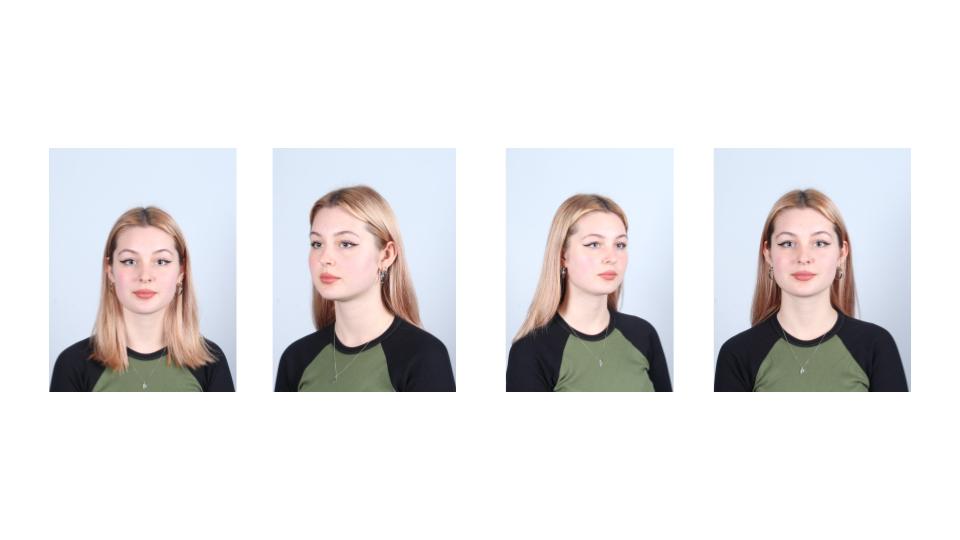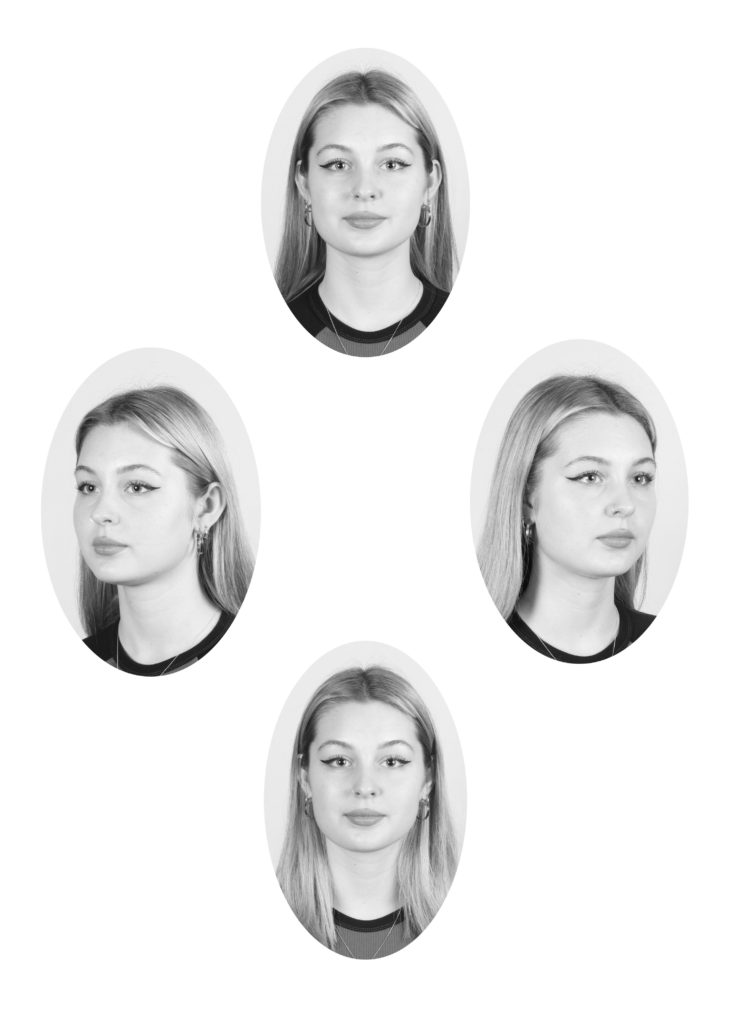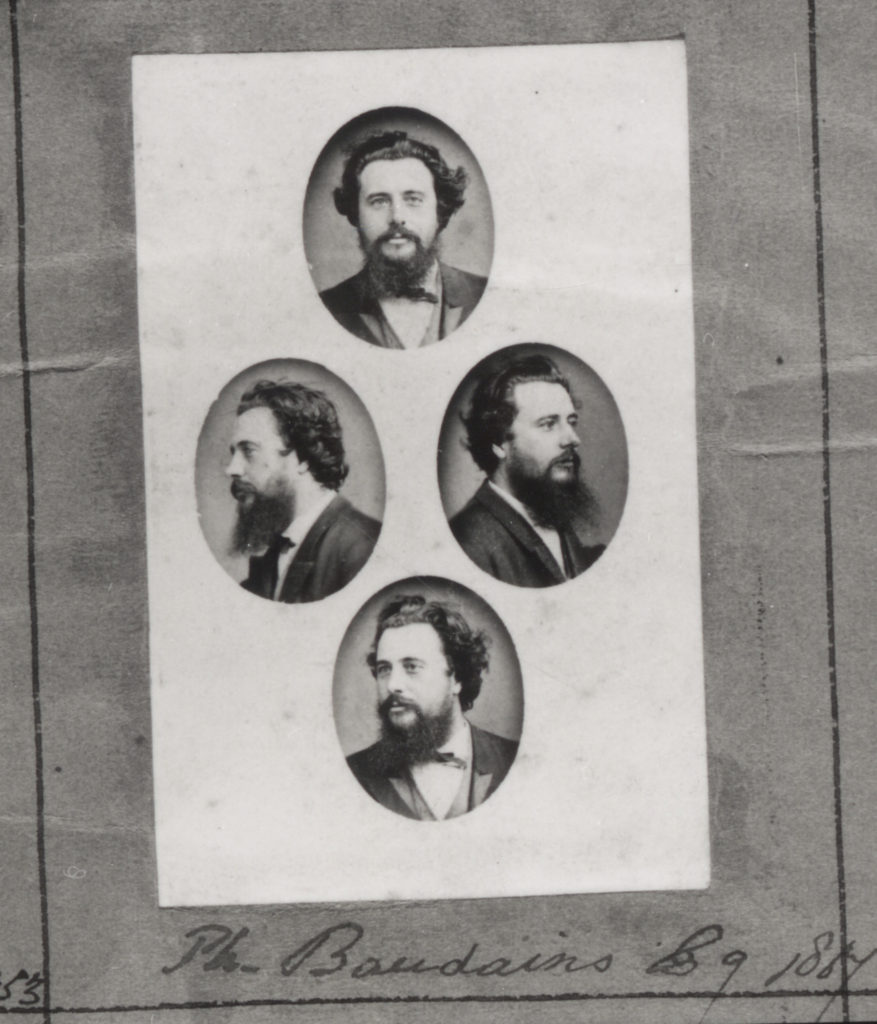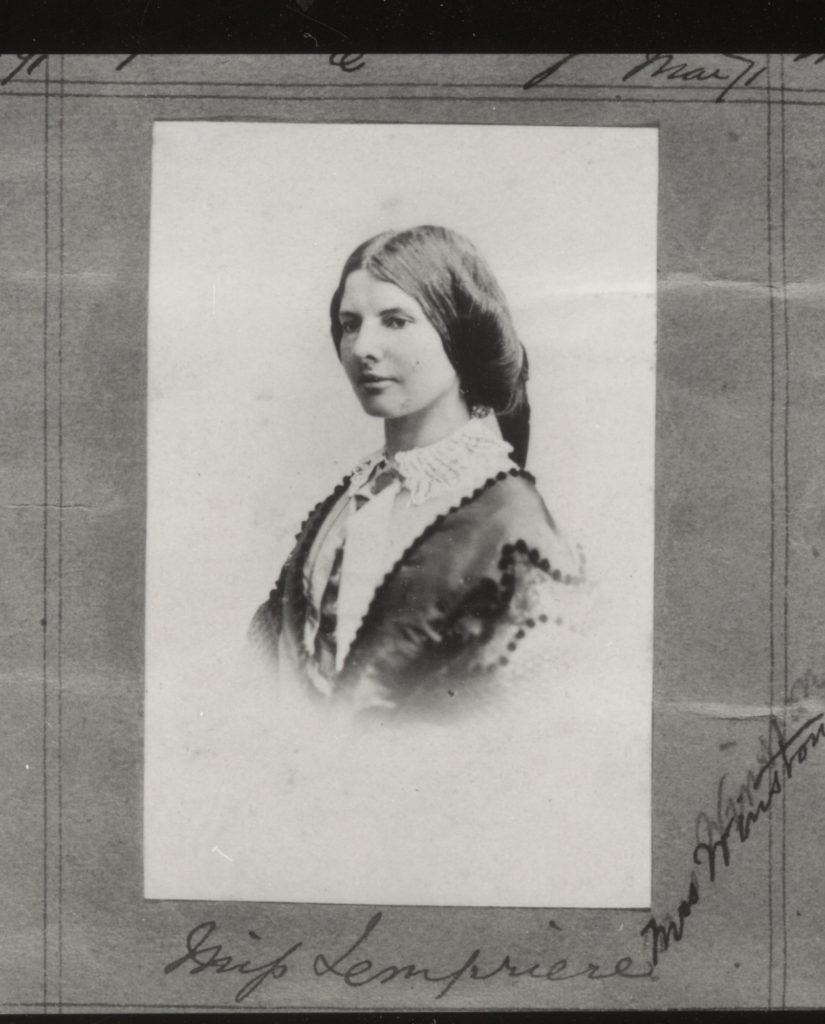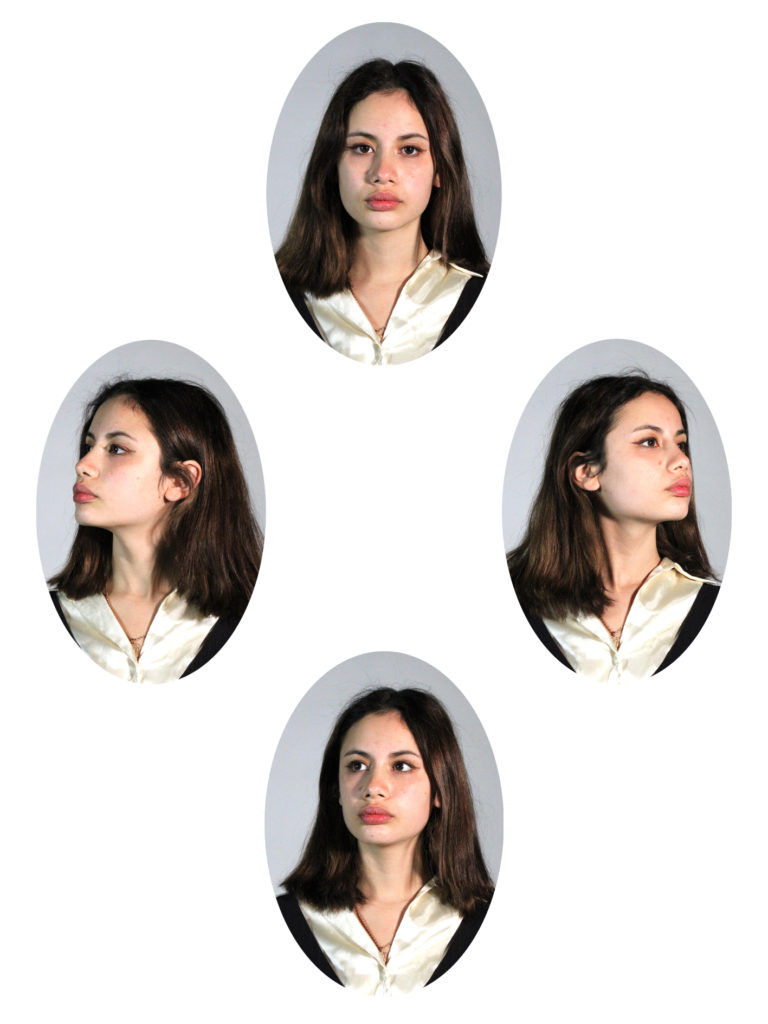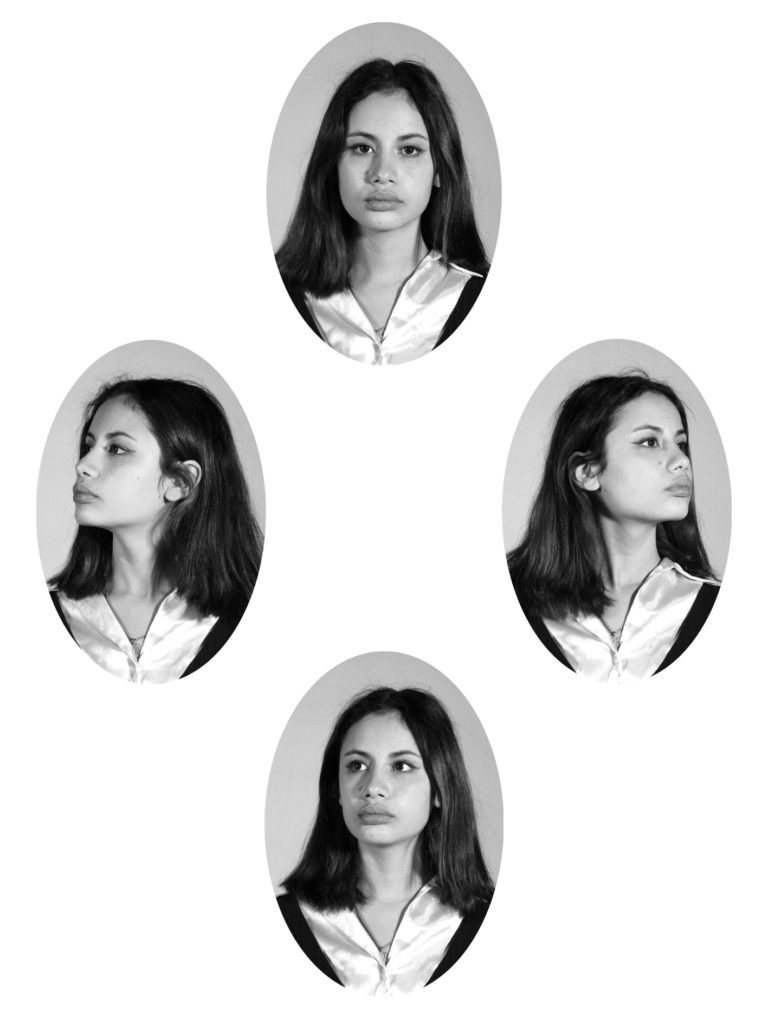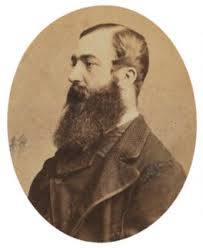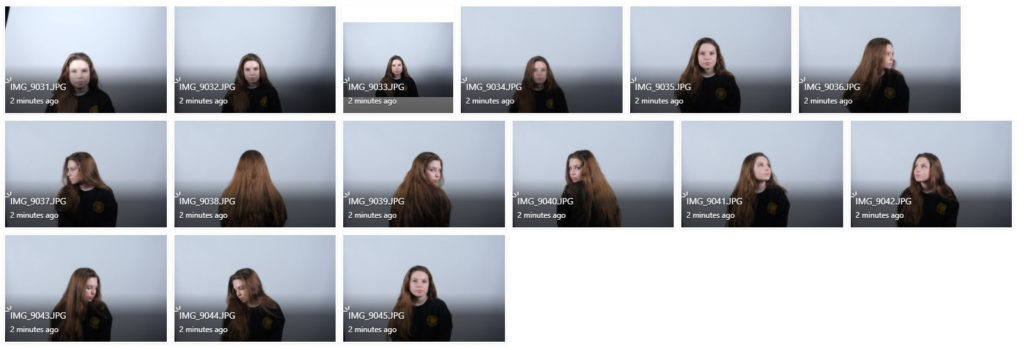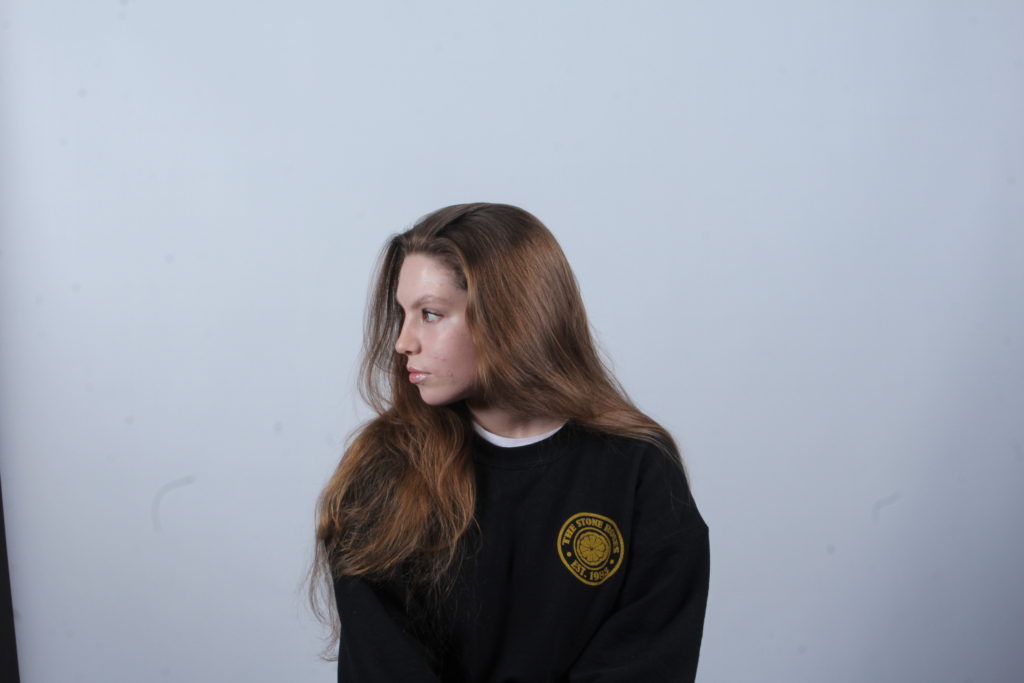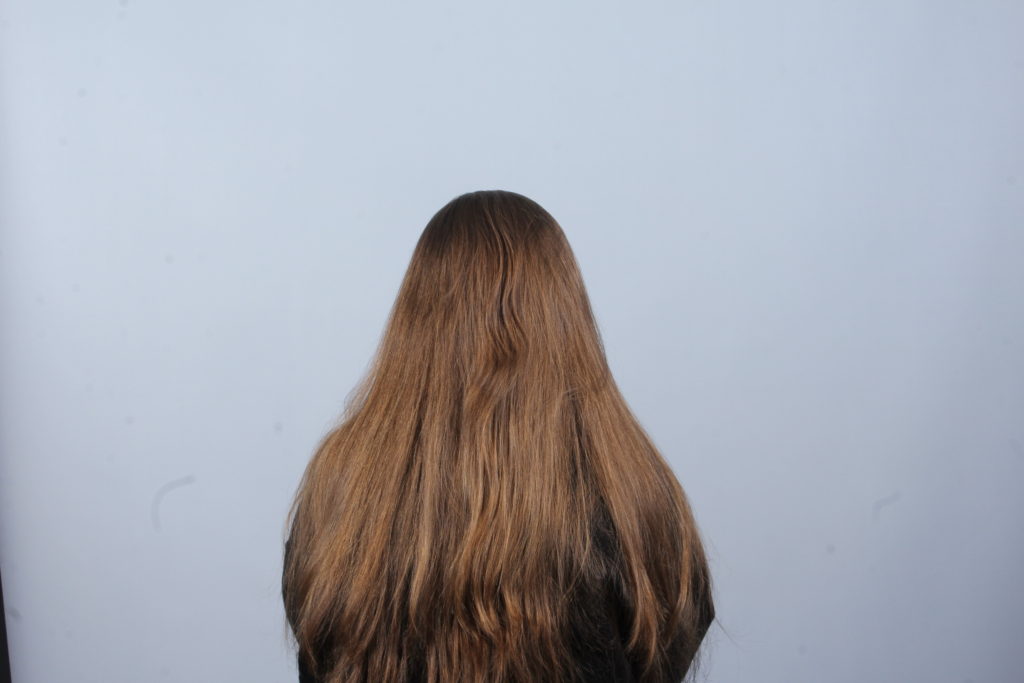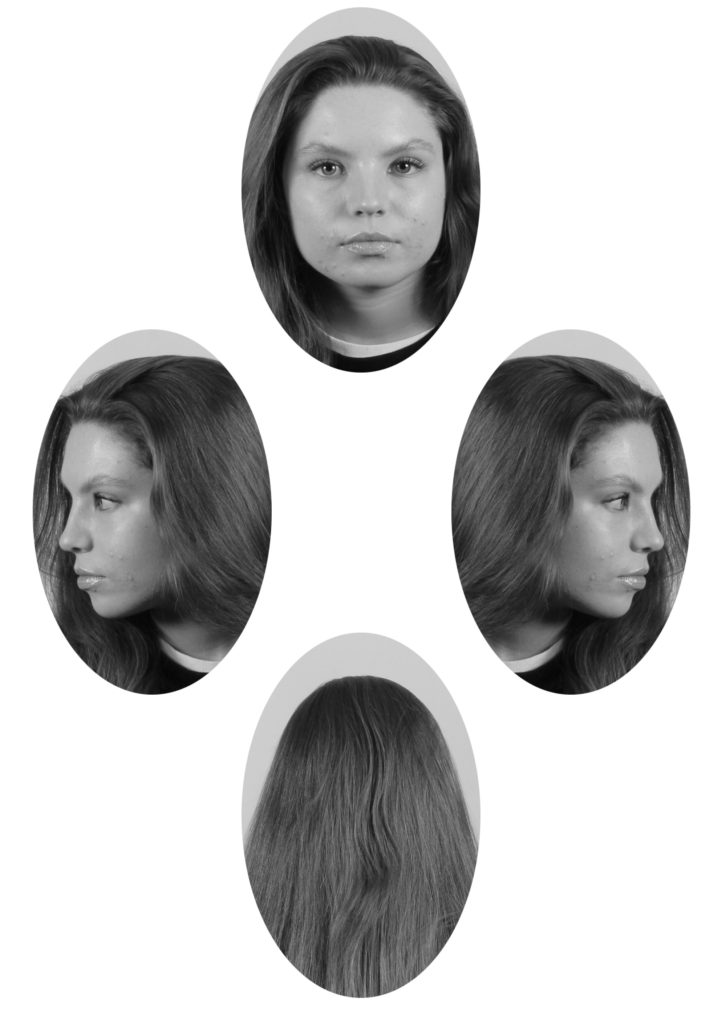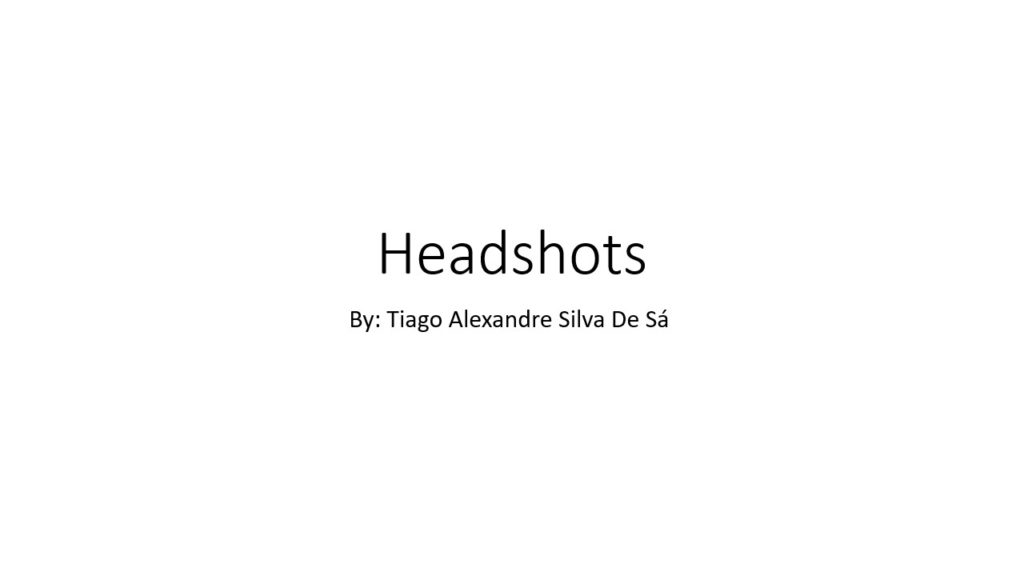

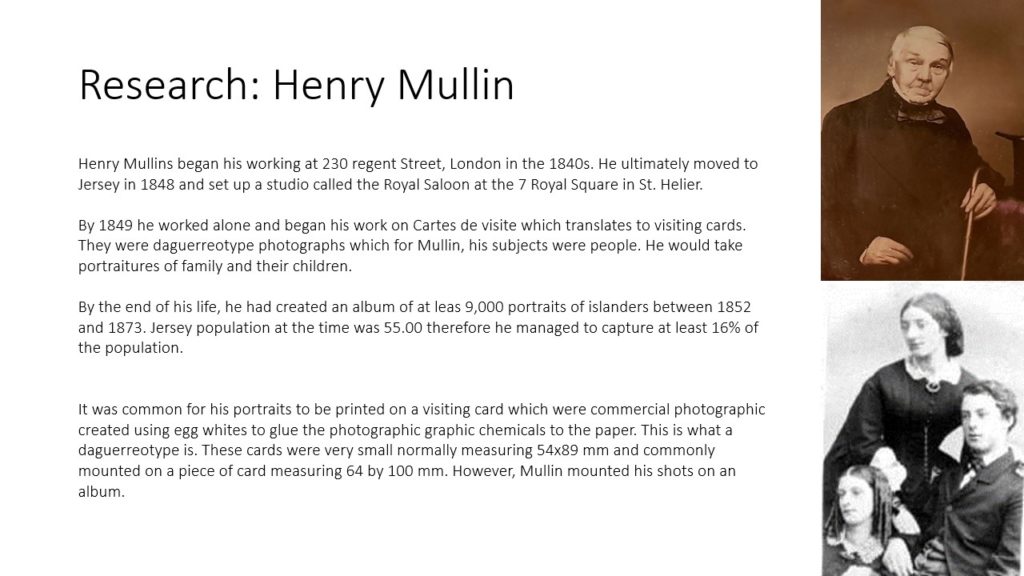







These 4 images above have been chosen as my final outcomes. In my opinion they successfully show a vast understanding and application of Henry Mullin’s work as we both have used similar techniques, such as: we both have used the diamond shape, have captured our models in 4 different angles, have a similar, old style and our images are similar in colour too as we both have this brown, crème effect.
I have used the Sony Alpha 380 DSLR Camera with the portrait mode to emphasize subjects by blurring away background and reproduce soft skin tones, with a shutter speed of 1/30 and an ISO equal to 400. Additionally, I have used manual focus to successfully bring the subject into focus and blurring out the background. The camera was still during the shoot as I used a tripod
I have edited these images using photoshop to cut and create the diamond shapes on my images but have also used Snapseed to edit my images by adjusting the Retrolux and Grunge tools on the application. Have also used it to adjust the brightness of my images so they are the best they can be.
In comparison to Henry Mullin’s diamond cameo project, as mentioned above, “we both have used similar techniques, such as we both have used the diamond shape, have captured our models in 4 different angles, have a similar, old-style and our images are similar in colour too as we both have this brown, crème effect.” However, Henry Mullins portrays his images in a photograph book whereas mine is digital, his subjects are adults and mine is a young adult, he has a border around his work, and I do not, and finally, his shots kind of fade around the oval shape which in comparison to mine, the images are fixed and aren’t fading.








